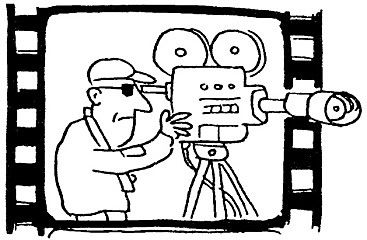Michela Wrong’s analysis about the war in Congo is very cliché
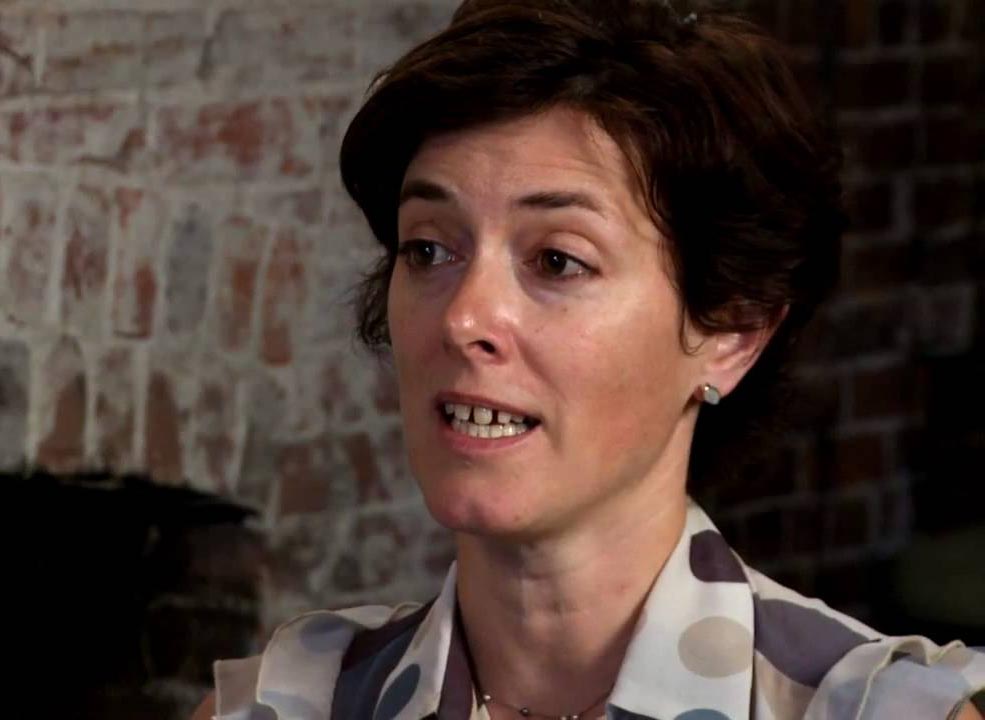
I just read Michela Wrong’s article “Kagame’s revenge” in Foreign Affairs. I could have saved myself the extra work: her analysis is very cliché and she is already repeating herself for many years. It also shows clearly that she stopped investigating facts in the field more than ten years ago. Congo and Rwanda have become a much more abstract and distant playground for her. I respect Michela for her work in the past and it is my conviction that she’s often accused wrongly for having been too close with Patrick Karegeya (the accusations that she had an affair with that man are very cheap!). I didn’t agree with a lot of things she wrote in her latest bestseller about Rwanda “Do not disturb”. Mainly because she only talked to people who represented one side of the Rwandan story when she still had the possibility to balance her findings and to provide the opposite side the chance to counter their theories. “Kagame’s revenge’ underlines this attitude. Worse even: they reinforce the biased view most readers get when it comes to the DRC and Rwanda. A couple of examples:
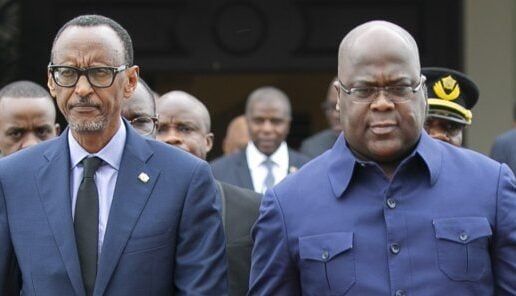
- The FDLR a scapegoat for Kigali? This cliché always comes back to minimize the treat of this Hutu extremist organization. The FDLR have been pushed back indeed to the borders of disappearance a couple of times after the 1994 of the Tutsis in Rwanda. But each time they were artificially revitalized by outsiders such as Uganda and now also by the Congolese government. Laurent Kabila even flew them back to Kivu’s from far away places such as Congo Brazzaville, Angola (Savimbi territory) and several dark and forgotten corners of the DRC to do his fighting against the CNDP and RCD-Goma. Kabila Junior did the same thing to fight the M23. When Tshisekedi was able to grab power in an unlawful way the FDLR seemed to be finished again. The new Congolese president was too busy to consolidate his position in Kinshasa and was playing things soft with Kigali. A couple of joint military operations between the FARDC and the RDF weakened the FDLR even more. The Hutu radicals had to content themselves with running their businesses in the Rutshuru plains. The fact that many FARDC were involved in this ‘magouille’ or monkey business saved them from total distinction.
When Museveni and Kagame fell out with each other five years ago the FDLR was revitalized again: via Hutu radicals such as Philemon Mateke (Hutu minister in Museveni’s government, from Kisoro) and the Congolese Hutu politician Eugene Serafuli weapons and support were flowing to the FDLR. Mainly to piss off Kagame, with the aim to destabilize Rwanda. This made many observers believe that the ‘Petit Nord’ of the Kivu province might be turned into a battle field between Rwandan and Ugandan troops. Kagame and Museveni didn’t allow to let things turn into that soup and made peace. But the FDLR had never been stronger than they were before. Their effective force had gone up from 500 to 1000 (your estimate!) to approx. 2500 elements. This negative force had started to attack the M23 positions on the Sabinyo volcano and they had infiltrated Rwanda (via Uganda) to attack the tourist region around Ruhengeri and Kinigi. The Ugandans and the Burundians had also allowed the so called P5 (group of anti-Kigali rebels) to deploy and to organize themselves in Burundi. The canon fodder they used to stage incursions into Rwanda mainly consisted of FDLR-Irategeka elements who were channeled out of Masisi to Uganda and from there on to Burundi. Paul Rusesebagina, who was parachuted into Hollywood-fame, showed himself available to represent this construction. The results of this story are known by everybody now.
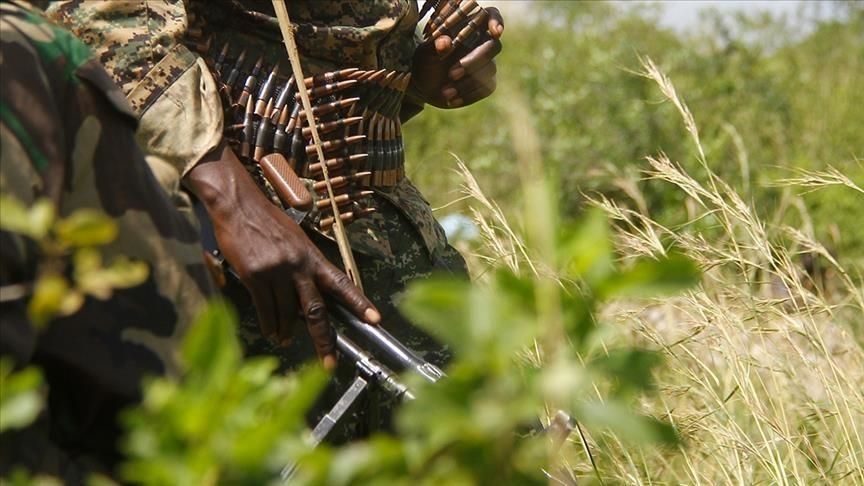
When Tshisekedi needed a new scapegoat to cover up his problems in Kinshasa he pointed his arrows on the M23 and with them the whole Tutsi community in this region. Kinshasa had always neglected the deals that were made with the M23 in 2013 and the organization already had re-activated itself to protect itself against the FDLR. Soon after that Kigali was accused again of meddling into Congolese affairs but their support to the rebels was mainly moral and political in those days. Rwanda was also hosting the bulk of the Bagogwe refugees in camps in Kibuye and in Byumba. Very soon it became clear that his own FARDC was no match for the well disciplined and organized rebels. After the capture of Bunagana the whole FARDC-structure in North-Kivu fell in disarray and Tshisekedi had no other choice than to re-equip and re-orientate the radical FDLR who was already fighting for its survival and the zones out of which they could collect minerals, agricultural products and charcoal to feed their purses and to feed the markets of Goma and Bukavu. Shells started flying over Kinigi, killing civilians. The FDLR also tried to infiltrate Rwanda and were able to re-activate their old ‘muchengezi’ network in the north of the country. You can blame me now for being pro-Kigali and being paranoia, Michela. But these are the facts that we were confronted with just before the CHOGM meeting in Kigali: FDLR-Foca and -Omega. We spent several days in the hills on the border and collected this info on the spot. The radical Hutu ‘ceceka’ was turning at full speed and the NISS and the FDLR were at full alert. ‘Ceceka’ is the word that is being used by Hutu radicals not to unveil the crimes of the radicals and to support them on the spot to stage attacks and to destabilize. In the same time the Hutu opposition in Europe started to spit out more and more critical messages to push the Congolese public opinion to accept Tshisekedi’s new alliance with the FDLR. But they also failed in this attempt. The current strength of the FDLR is approx. 3000 to 4000 armed elements. A big part of them is now serving in the FARDC, in Congolese uniforms. The figures that you are advancing in your writings are therefore very dubious. One can also not accuse Rwanda to anticipate this treat.

- Is Kagame meddling in Congolese affairs for the sake of minerals? By using this argument your analysis also gets stuck in the reality of 10 to 15 years ago. You also forgot to mention the so called ‘Congo desk’ that was set up right after Kabila took power in Kinshasa and the Rwandans were kicked out there and sanctioned by the international community to support the CNDP of Laurent Nkunda. I’m making a shortcut to avoid this paper to become too long and even more difficult to understand for outsiders. But that does not count for you, Michela, since you are following up on the situation closely. That Congo desk was indeed set up to beef the Rwandan war efforts in the DRC, but it stopped functioning years ago. In fact, the top brass of the RPF have nowadays very well understood that they made mistakes in the past and after 2013, when Makenga’s M23-force withdrew to Uganda, Kigali opted for a more pragmatic approach. Kagame & co were in full swing to develop their country and their economy. They became averse to meddling in the worsening situations in Burundi and/or Congo. They opted for a more open business relationship with their neighbors, one with an official import- and export policy, without any corruption. Rwanda had already become one of the least corrupt countries in Afrika and this approach was another result of that. Rwanda had even built a gold refinery and open deals were made with the government in Kinshasa to melt this mineral in Kigali. This is just one example.
To state or to insinuate that Kagame & co are after the Congolese minerals is very manipulative. They want to do business in an open and legal way, yes! But they will not meddle again into Congolese affairs by going in there at night as robbers and thieves. Instead, Kagame came up with the other idea to step into the protection of countries such as the Central African Republic and Mozambique to protect their civilians. He scored big time on the diplomatic front with all this and was able to make new friends in Europe, much to the disliking of the Rwandan opposition. He was also showing the outside world that Africans were able to solve their own problems. A part from the fact that the RDF-involvement in the M23 conflict is far less real than you pretend, Michela, Kagame is certainly not involved in Congo any longer for the minerals.
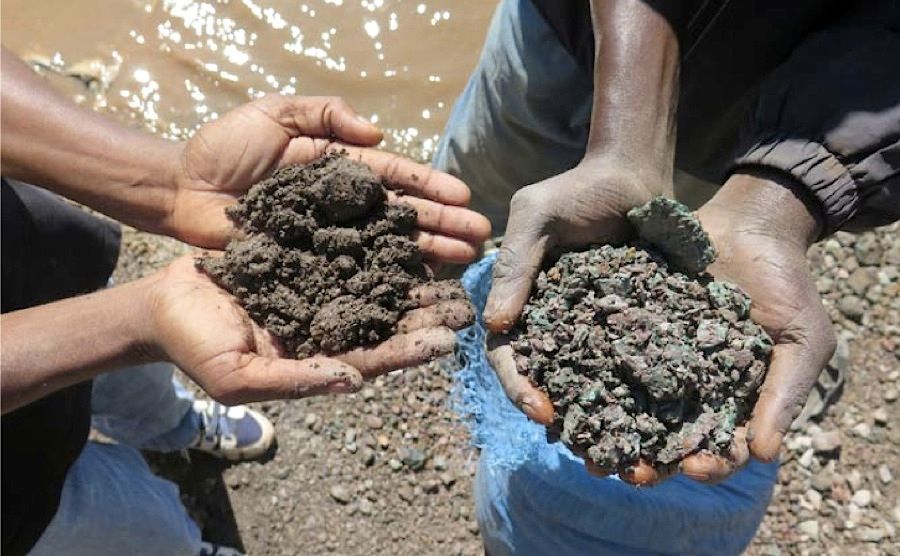
- Did the situation in the DRC calm down after the withdrawal of the M23 in 2013? Come on, Michela! Allow us to take another break: the opposite is true! After Makenga installed his rebels in a refugee camp in Uganda dozens of other rebel groups were popping up in eastern Congo. Most of them with the complicit collaboration of the FARDC. Groups such as CODECO and the ADF or the Yakutumba militia in South-Kivu are far more murderous and criminal than the M23 or the CNDP of Laurent Nkunda ever were. In fact, Kinshasa is also pointing its arrows towards Rwanda and the M23 to camouflage their unwillingness and incapacity to stop all the other rebellions in which most of their own politicians are directly involved. But it’s true that the M23 rebellion might infect the rest of the country: as Tshisekedi is blocking out other regions such as Katanga out of the elections by questioning the nationality of people such as Moise Katumbi the M23 project might be copied in other regions and the country might crumble apart like two weeks old and dried out cake. Other groups such as the Bunda Dia Congo are just waiting until this happens to set Bas-Congo ablaze and the situation in and around Kwamouth is also pointing into that direction.
- Is there solid evidence that the RDF is fighting on the side of the M23? Not really and the evidence the UN and the Congolese authorities are pushing forward is not convincing enough to be able to strengthen this view. The drone footage is not convincing at all: you see a line of troops who are progressing near the border in an Indian file. The FARDC showed a couple of captured uniforms and a bunch of so-called RDF soldiers who could have been grabbed as well in one of their positions on the Rwandan side of the border. The argument that the M23 would never be able to organize itself so well and fight in such a disciplined way without being guided by the RDF is also complete nonsense. It is a fact that many M23 and especially the lower and higher-ranking officers served also under the RDF flag years ago or were trained by the RDF while serving under Laurent Nkunda. We met a couple of those when we visited them on the spot. They were demobilized by the RDF way before they joined Makenga. They were born in Congo, they had two ID cards and they decided to take up weapons again to protect their families. They kind of impersonated the wish of many Congolese Tutsi’s who are forced to live in Rwanda to go back to reclaim their lands and their houses in Masisi. So the drill new recruits have to endure is copy paste the same as the one used in RDF training camps in Rwanda. And these youngsters fight for a cause that makes them a lot more motivated than the rag tag FARDC troopers.

It was no problem at all for the M23 leadership to equip each of their 3000 to 4000 soldiers with enough guns and ammunition. The recruitment of other youngsters is still in full swing. The hidden stocks of the M23 had been well preserved over the years and the group was able to capture extra tons of ammunition and gear in abandoned FARDC positions. The only thing the M23 lacks is more sophisticated anti-aircraft weapons but this might change soon now, we hear. Sam 7’s and Chinese man pads are nearly freely available on the international black market and just having a couple of them might neutralize the old FARDC-Sukhois and gunships.
In the first months of the war against the FARDC the RDF was certainly not involved with the M23. When things became more serious and when it became clear that the FDLR was getting ready to infiltrate Rwanda this might have changed and Rwanda might have sent a small number of observers into the DRC. This was even admitted by RDF officials to the present foreign military attaches in Kigali. The RDF was honest to them. While moving around with the M23 during out field trips inside Congo the similarities with the RDF became clear to us. We had followed the Rwandan army for many months during previous campaigns in Congo and we had several weeks of field work in Cabo del Gado and in the Central African Republic under our belts before we crossed the DRC border to go and visit the M23. Their officers and soldiers were not Rwandans but they operated in exactly the same way. And they were dressed in similar uniforms and helmets they had bought abroad. Many M23’s asked their relatives in Rwanda or in Europe to buy uniforms for them. So please do not be surprised to see them in Belgian, American or Dutch kaki’s as well.
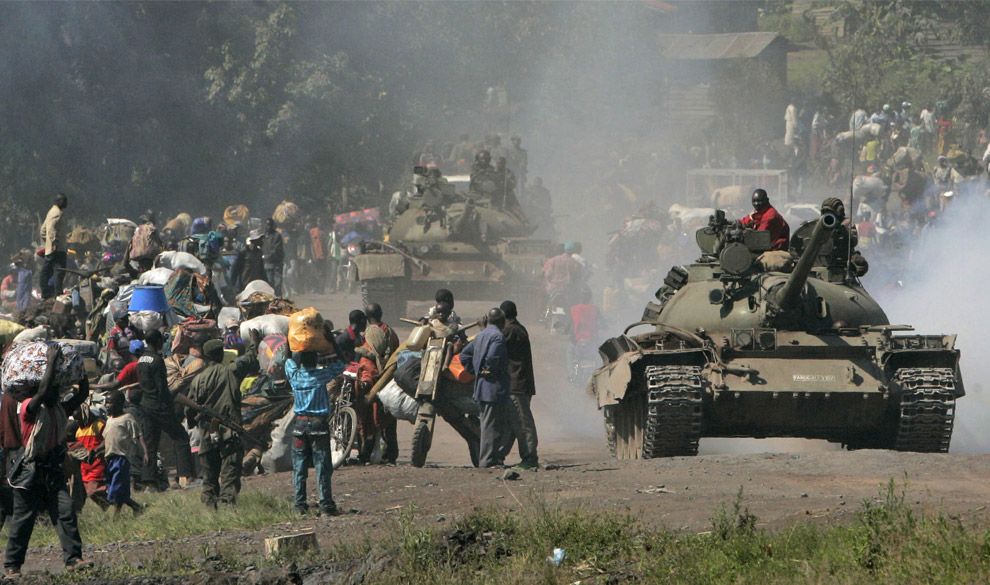
The biggest support the M23 receives from their Rwandan family members or friends in the refugee camps is more of moral and psychological nature. A big part of the public opinion in Rwanda is pro M23 and people here are sending money and food to the troops in the DRC. They all new that their community was once 200.000 souls strong in North-Kivu and that most of these Congolese Tutsi’s were either killed or chased away with all their properties stolen by other Congolese.
The so-called massive support of the Rwandan government to the M23 is, to our view, a big misunderstanding and another propaganda tool of Kinshasa to distract the international public opinion. Bigger outside countries are making a big this time to think that simply by forcing Rwanda to stop supporting the M23 the problem can be solved quickly. First of all because a substantial military support to the M23 is nearly non-existent and secondly because the story of the M23 has become an element of pride for the whole Tutsi community, worldwide. They all know that their community in Congo. The last fact that can be added to that short list is that even when the cause of the M23 is being put on a shelve now this problem will present itself again in a couple of years. They all know this and that’s why they’ll allow the M23 to stand their ground.
A possible solution for all this could be rather simple: the Kinshasa government should start talking to the M23 and put the 2013 agreements in motion. With durable guarantees and under the direct supervision of the international community. Tshisekedi is making a fool of himself when he claims that the M23 will be locked up very soon in a camp in Maniema, everybody knows this. This conflict risks to escalate even further and that is probably also what they are looking for in Kinshasa.
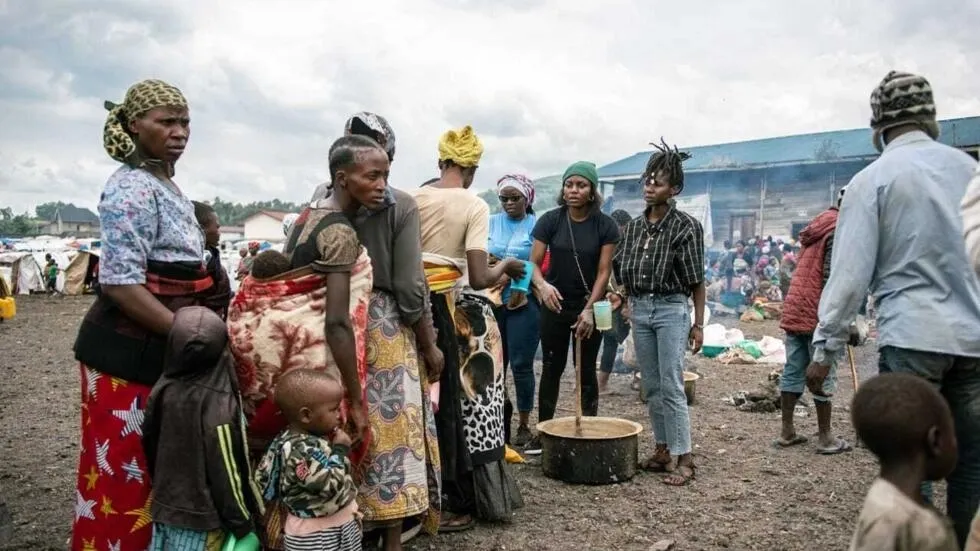
- Conclusion? Towards the end of your article you throw other cliches on the table such as the reflexion that Rwanda was the major culprit of all the violence and the killings in the several Congo wars, the actions and the narrative of guys like Denis Mukwege, your opinion that the French and the English need Kagame for other reasons, etc. Every so-called fact you mention also has another side of the story and different interpretations can be made. You end with the conclusion that Kagame finally just wants revenge for being left out of the total picture of what is going on in Congo nowadays. This is a blatant exaggeration.
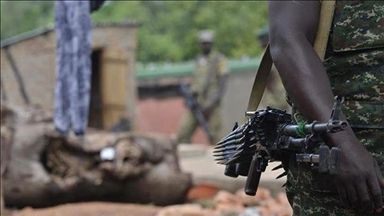
You are entitled to accuse us of being one-sighted and pro Kagame. Because this will probably be your first remark, after you read this text. I truly believe that you have the right to write whatever you want and I’m not criticizing you out of personal vengeance. My remarks are based on my own findings and my own ideas. We are based in Kigali and cover the war in Congo from the M23 side, much to the disgust of the government in Kinshasa. I would be arrested on the spot when I cross over from Gisenyi into Goma tomorrow. So also allow us to accuse you for being one-sighted and biased. The current regime in Kigali has its shortcomings but the accomplishments of Kagame & co are also very visible. They try to stimulate development and the war in Congo is one of the obstacles that prevent that. You under estimate the treat of the FDLR and you put a number of existing cliches in your journalistic blender to produce new ones. Congo and Rwanda have become abstract and distant problems for you because you completely lost touch with the reality in the field. Nobody owns the complete truth about Congo. Bestselling author or not: you are certainly not an exception on that rule!
Marc Hoogsteyns
